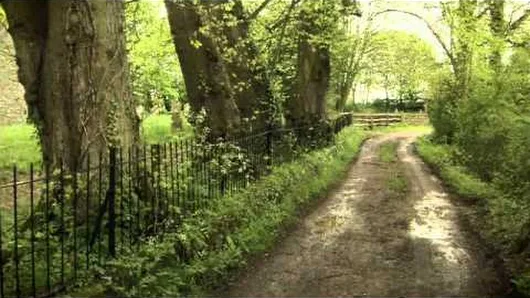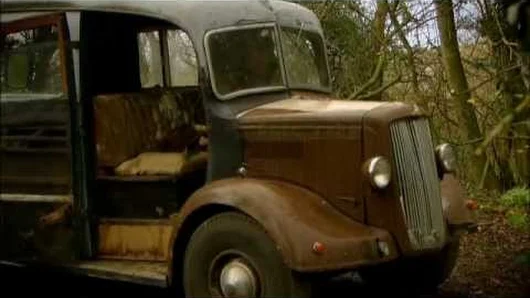https://youtu.be/j33DJk4-sMw?t=1m11s
Every scrap of land
https://youtu.be/j33DJk4-sMw?t=1m57s
Trusty tractor
https://youtu.be/j33DJk4-sMw?t=3m55s
https://youtu.be/j33DJk4-sMw?t=6m51s
Beans
https://youtu.be/j33DJk4-sMw?t=18m14s
Lumber Jills - in '39 only 4% of timber sourced in Britain => 60% by '45 = 18 million tons
http://www.womenslandarmy.co.uk/world-war-two/the-timber-corps-lumber-jills/
https://en.wikipedia.org/wiki/Women%27s_Timber_Corps
https://youtu.be/j33DJk4-sMw?t=4m22s
0.5 billion cu feet wood
https://youtu.be/j33DJk4-sMw?t=9m13s
https://youtu.be/j33DJk4-sMw?t=12m37s
snedding; explosives from bark of elder buckthorn; Hoppice conversion table
https://youtu.be/j33DJk4-sMw?t=11m5s
Milk - calves fed artificial milk
https://youtu.be/j33DJk4-sMw?t=16m18s
Pig clubs
https://youtu.be/j33DJk4-sMw?t=21m3s
https://youtu.be/j33DJk4-sMw?t=43m34s
Swede fodder crop (30% increase in fodder crops) & horse gin machine
https://youtu.be/j33DJk4-sMw?t=46m13s
https://en.wikipedia.org/wiki/Horse_mill
https://youtu.be/j33DJk4-sMw?t=52m48s
Petrol/diesel rationing =. coal/wood fueled vehicles
https://youtu.be/j33DJk4-sMw?t=23m28s
https://youtu.be/j33DJk4-sMw?t=37m46s
200 milion tons of coal/yr - Bevin Boys
https://youtu.be/j33DJk4-sMw?t=28m
https://youtu.be/j33DJk4-sMw?t=35m24s
Soton blitz - Emergency feeding centres - British restaurants -- 600K meals/day by '45
https://youtu.be/j33DJk4-sMw?t=44m47s
https://youtu.be/j33DJk4-sMw?t=49m41s
Plum duff with powdered egg from US
https://youtu.be/j33DJk4-sMw?t=51m43s
https://youtu.be/j33DJk4-sMw?t=54m8s
https://www.youtube.com/playlist?list=PLtakTnKQQMCx0RPTVRn-XIp6kdtol7shK





